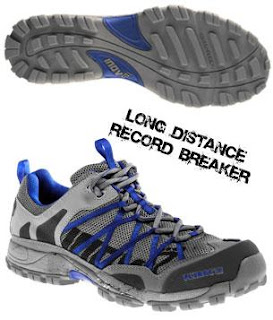Gear Review: Tech4o
Discover GPS
Fitness watches today could accurately be referred to as wrist-top computers. The secret agent watches of yesterday with steel-cutting lasers and micro-fine cable rappel lines seem pale in comparison. Manufactures push the limits cramming the latest functionality and technology into the smallest package. These “watches” provide the user with data such as time, distance, pace, direction, and caloric expenditure. Fitness watches use an accelerometer or GPS communication to track pace and distance. GPS watches require no tuning or adjustment relative to accelerometer watches and prove to be more accurate over rugged terrain.
The
Discover GPS provides the user with a full complement of data points and
display modes. Best of all, the Discover GPS allows the user to customize
the layout of the display modes. If you would like elevation, time, and pace on
one screen, just set it in your profile. View settings can be set from both the
watch and from the included PC interface. This makes for a great user
experience and sets the Discover GPS apart from other units. The PC interface
and included software allow you upload and download workout statistics, routes,
and tracks. Elevation, time, and pace, is graphed for you and data can be
viewed in Google Earth. Tech4o seals the deal by throwing in a wireless
heart-rate monitor chest strap.
The
Discover GPS is feature rich, light, and easy to use. This model will serve a
number of sports and with no other accessories needed to purchase. The Discover
GPS package and price point makes this a great value.
Price:
$199.99
















